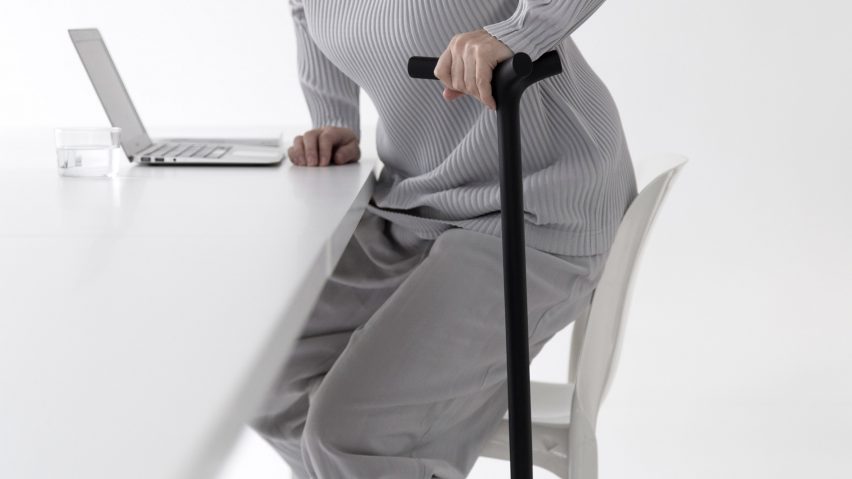
Shiro Studio's 3D-printed walking stick combats the stigma of mobility aids
Shiro Studio has worked with engineering firm Arup to create a 3D-printed walking stick that its hope users will be proud to use, rather than embarrassed.
The ENEA walking stick is the result of a long-term research project by London-based Shiro Studio, whose goal was to create a new product for those who have difficulty moving around without support.
They are describing the result as the world's first fully 3D-printed walking stick.
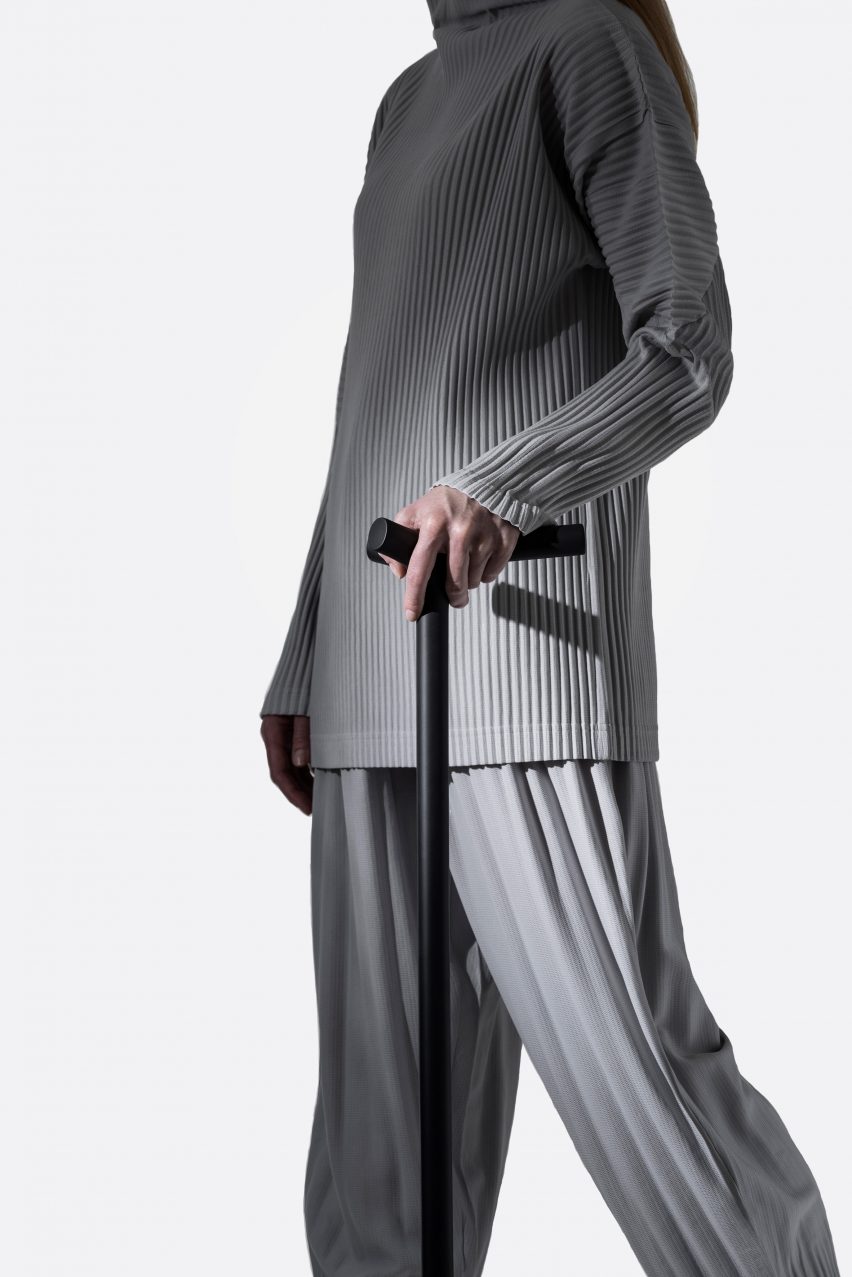
The designers looked at issues with current products on the market – both visual and practical – to figure out how to make the walking stick work better for its user.
Working with Arup engineer Vincenzo Reale and Mhox design allowed them to develop a stick with an internal structure based on bone tissue.
This structure, which the studio describe as "porous", keeps the stick as lightweight as possible, while retaining a high level of strength.
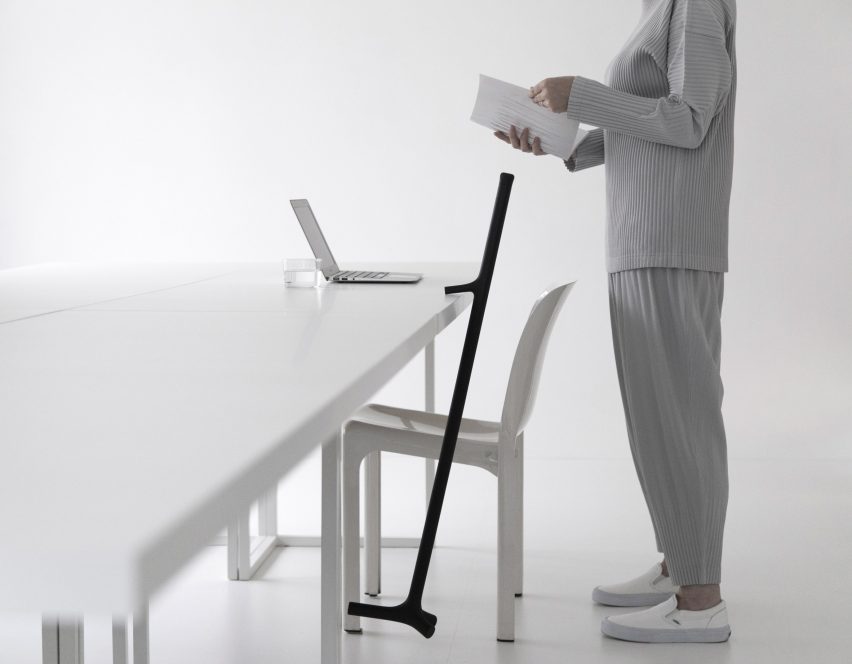
A three-pronged handle allows users to hook the stick onto a surface when they aren't using it, so they don't have to worry about it falling over and having to bend down to pick it back up.
This design also makes it more comfortable to use – the wider spread reduces the amount of stress placed on the hand's ligaments.
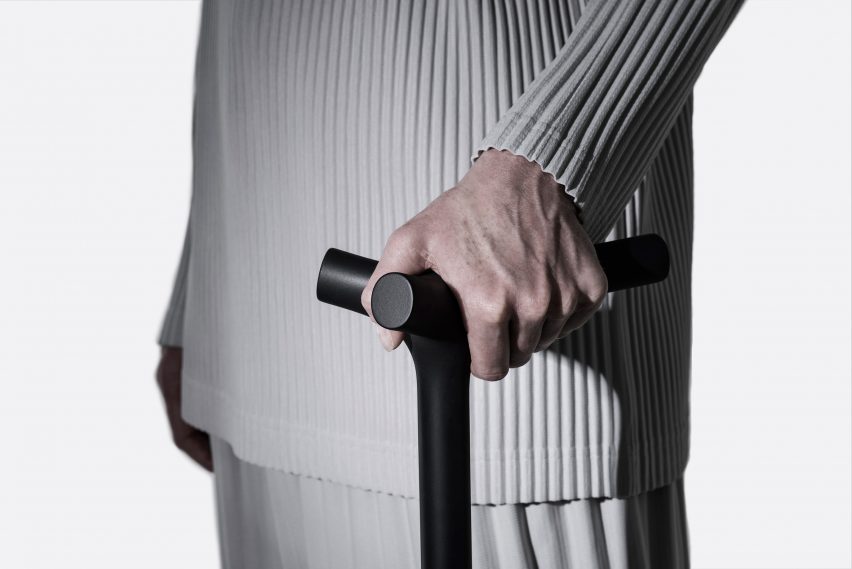
"ENEA invites its users to establish an emotional connection with the walking stick, seen as a functional, proud and contemporary design statement rather than an unavoidable manifestation of their physical limitations," said Shiro Studio.
"It proposes a range of design innovations to improve comfort and handling whilst promoting a contemporary design language and manufacturing technique."
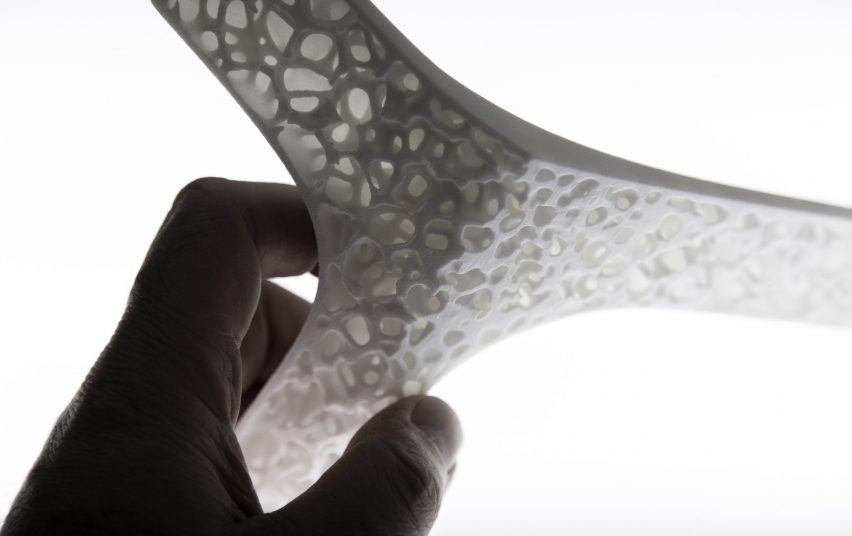
Studio Shiro was founded by Andrea Morgante in 2009. Morgante, who originally studied as an architect, developed an interest in medical design while volunteering as an emergency ambulance medical technician.
"This experience exposed me to the functional beauty of many devices on board ambulances," said Morgante. "Since those times I have always looked for opportunities to improve user experience of healthcare aids through mindful design."
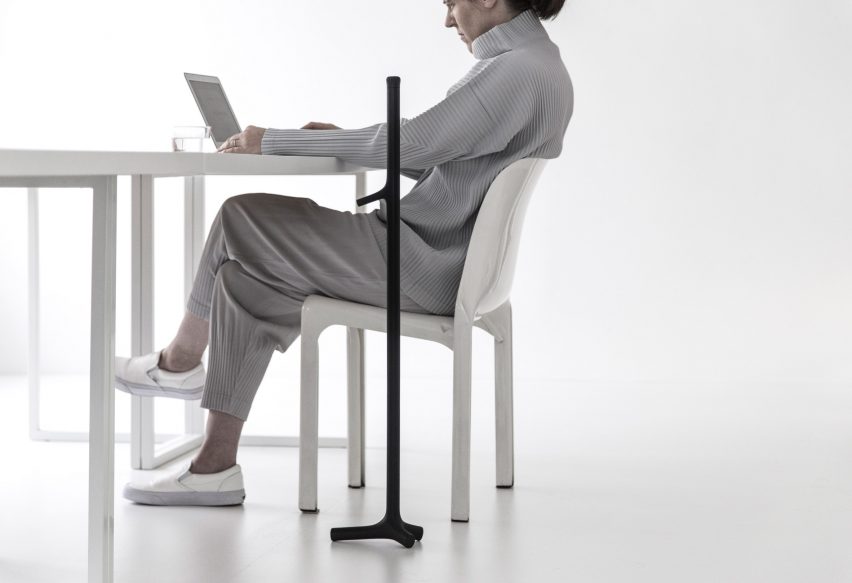
He is among a host of designers looking at ways of improving mobility. British inventor Sam Pearce has created a shock-absorbing wheelchair designed to help users negotiate uneven streets and rough terrain, while design studio Priestmangoode created a conceptual airline seat with a detachable wheelchair.
Also, Benjamin Hubert last year launched a made-to-measure, 3D-printed wheelchair, which he claimed was the world's first of its kind.